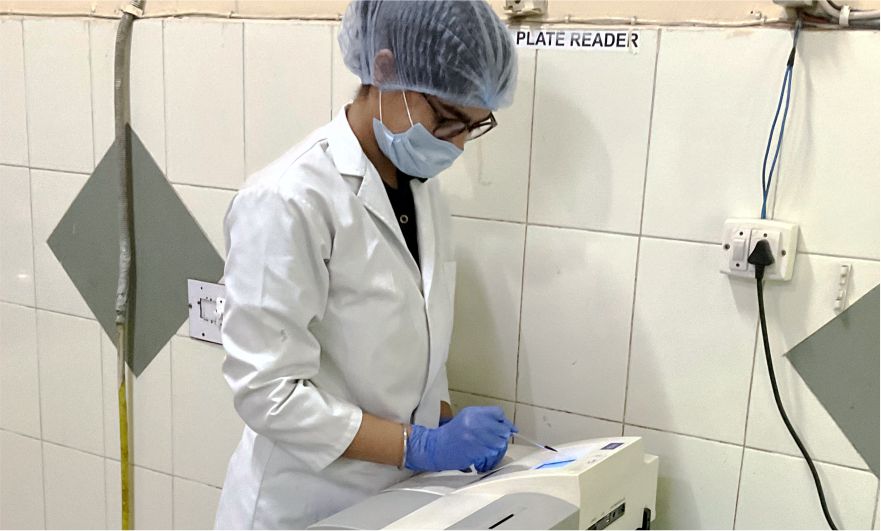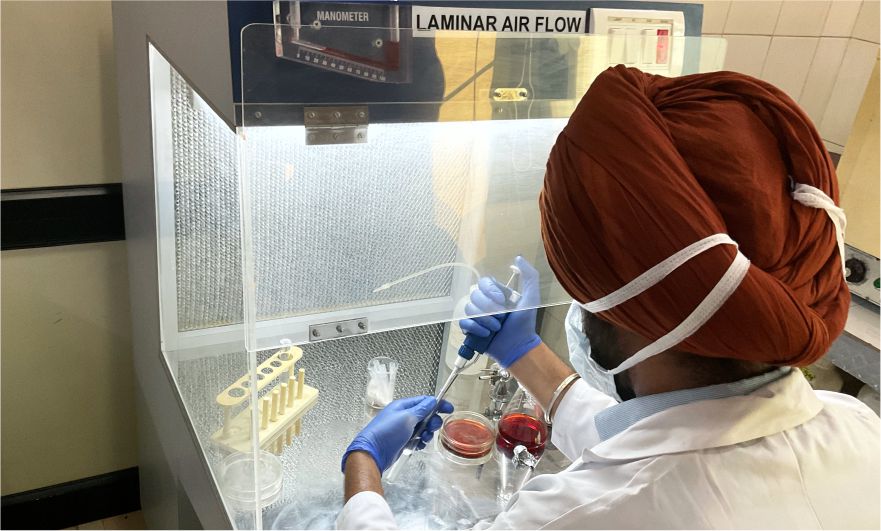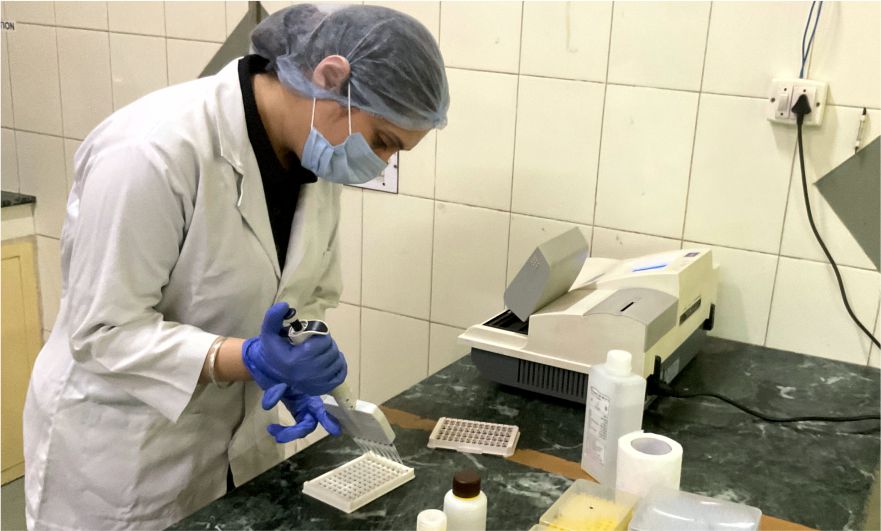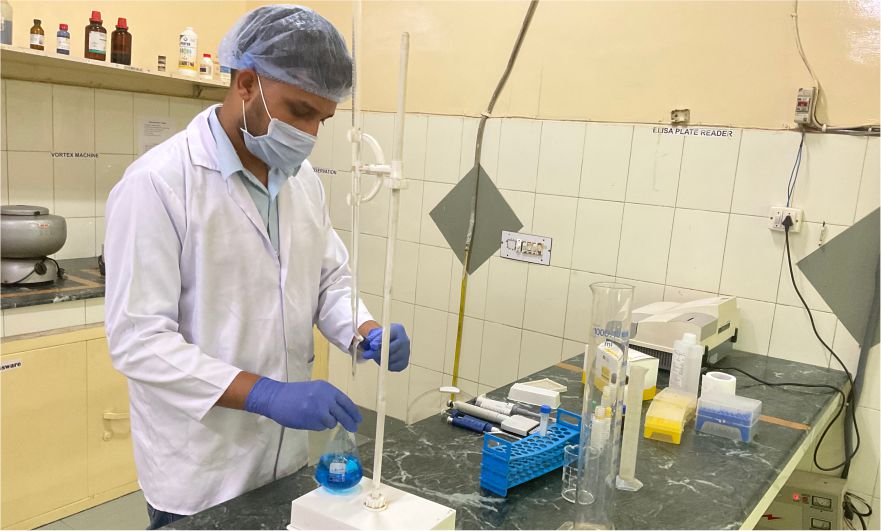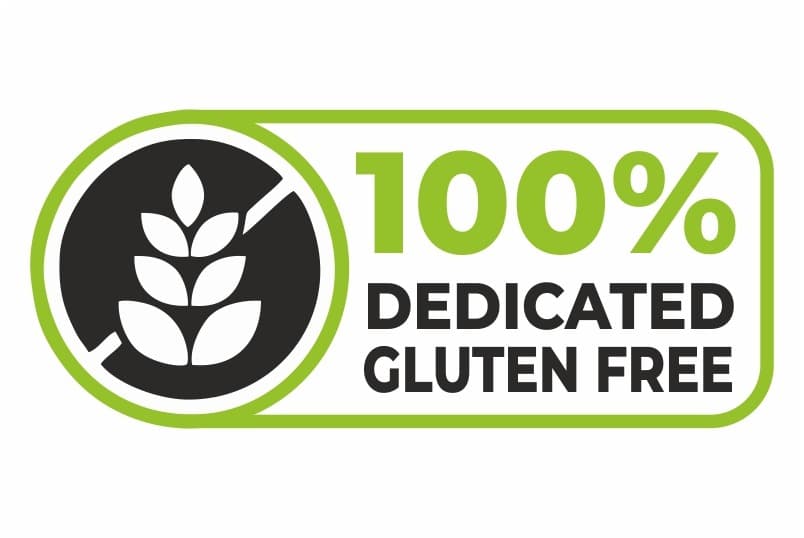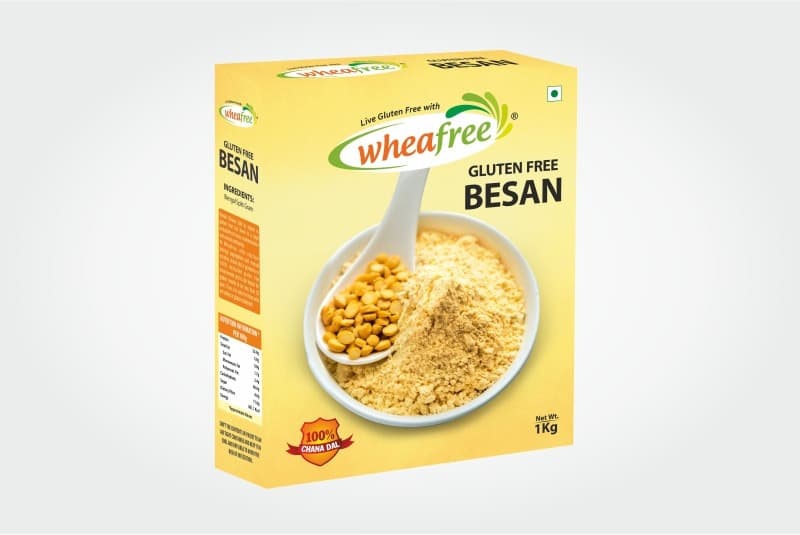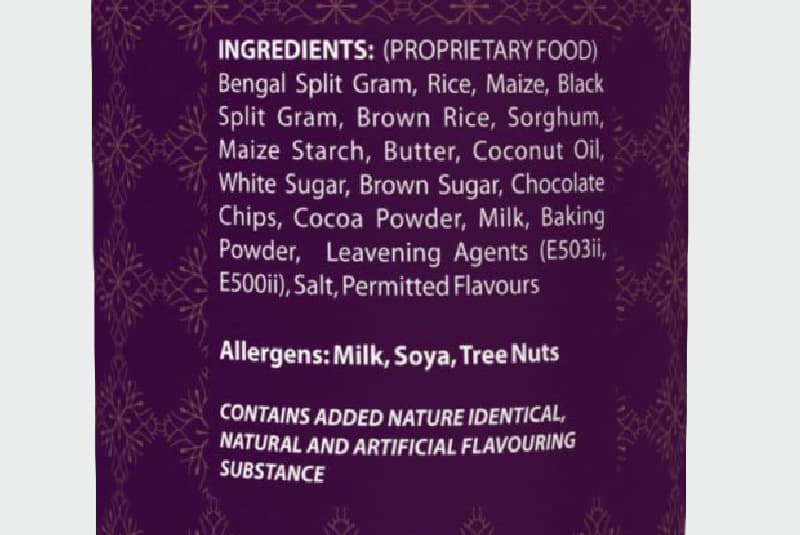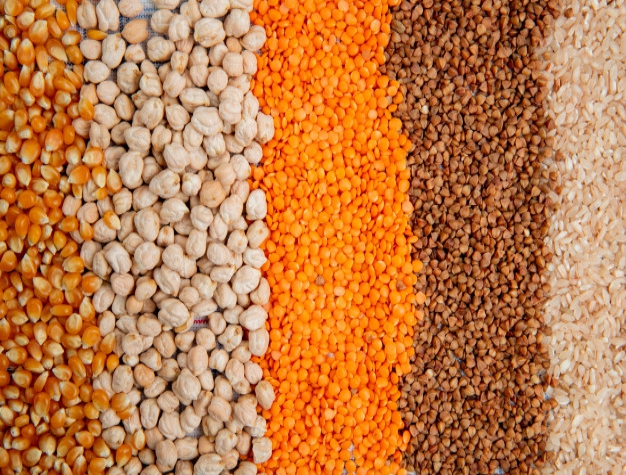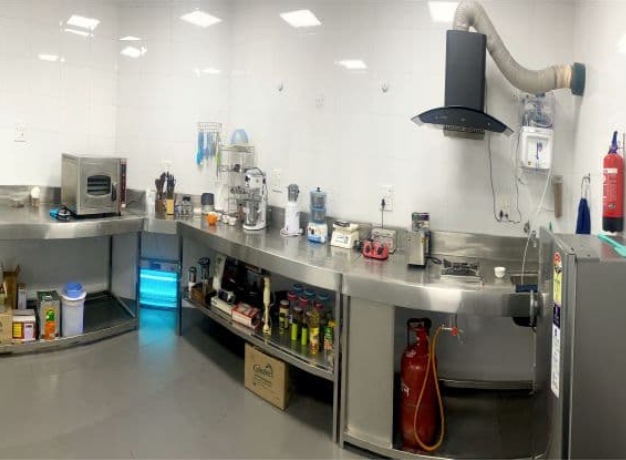Living Well with Celiac Disease: Advice for the Newly Diagnosed

If you have been recently diagnosed with celiac disease, it’s natural to feel overwhelmed and confused about what to do next. Celiac disease is an autoimmune disorder that affects the small intestine, causing a range of symptoms including digestive issues, fatigue, and nutritional deficiencies. The only treatment for celiac disease is a strict gluten-free diet, which can be challenging to follow. Here are some tips and advice for those who have been recently diagnosed with celiac disease:
Educate yourself about celiac disease: The more you understand about celiac disease, the better you will be able to manage your condition. Read books, articles, and reputable websites about celiac disease, including symptoms, diagnosis, and treatment. Join celiac disease support groups, both online and in-person, to connect with others who share similar experiences.

Consult a registered dietitian: A registered dietitian can help you create a gluten-free meal plan that meets your nutritional needs. They can also teach you how to read food labels and identify hidden sources of gluten. Make sure to choose a dietitian who specializes in celiac disease and gut related problems.
Find gluten-free alternatives: There are many gluten-free alternatives available, such as gluten-free bread, pasta, and crackers. These products are typically made with rice flour, corn flour, or other gluten-free flours. Experiment with different brands and products to find ones that you enjoy. Check manufacturing reliability and trustworthiness and do not go only for taste.
Get rid of gluten-containing foods: It’s essential to eliminate all gluten-containing foods from your diet. This includes wheat, barley, rye (American grain), and any foods made with these grains or their derivatives like Suji, Maida which are taken out from wheat flour. Check food labels carefully, and be aware that gluten can be found in unexpected places, such as soy sauce, salad dressings, and even medications.

Cook at home: Cooking at home is one of the best ways to ensure that your food is gluten-free. Invest in some good cookbooks and cooking equipment, such as a gluten-free toaster and separate cutting boards for gluten-free and gluten-containing foods. Buying a small grinding machine is a good addition. Follow GF bloggers on Instagram for more recipes. They are very innovative and lot of ideas can be captured from there.
Be vigilant when eating out: Eating out can be challenging for people with celiac disease. Always inform the restaurant staff of your dietary restrictions and ask about gluten-free options. Be aware that cross-contamination can occur in restaurants, so it’s important to choose restaurants that take gluten-free cooking seriously. Make the chef of your eating joint a friend and do comment/notify him before placing the order.
Stay positive: Living with celiac disease can be challenging, but it’s essential to stay positive and focus on the benefits of a gluten-free diet. Many people report feeling better physically and emotionally after adopting a gluten-free lifestyle.
Be patient with yourself: It can take time to adjust to a gluten-free diet and to learn how to navigate your new lifestyle. Be patient with yourself and don’t be too hard on yourself if you make mistakes or slip up from time to time.
Take care of your mental health: Celiac disease can be emotionally challenging, especially in the early stages of diagnosis. It’s important to prioritize your mental health by seeking support from a mental health professional, practising stress-reducing activities like meditation or yoga, and connecting with others who have celiac disease. Sharing your problems with your groups reduces stress and the better solutions are found.

Stay up-to-date with research: Celiac disease research is constantly evolving, and new treatments and therapies are being developed all the time. Stay up-to-date with the latest research by reading reputable medical journals and attending celiac disease conferences. Join many research and celiac support groups online like LinkedIn, WhatsApp as they help you on keeping updated.
Be aware of hidden sources of gluten: Gluten can be found in many processed foods, including soups, sauces, and seasonings. It can also be found in non-food products such as medications, vitamins, supplements, and personal care items like shampoo and lip balm. Be sure to check all product labels for hidden sources of gluten and ask your healthcare provider or pharmacist if you’re unsure about a particular product.
Choose trusted gluten-free brands: When choosing gluten-free products, it’s important to use trusted brands that specialize in gluten-free foods. Look for brands that manufacture their products in dedicated gluten-free facilities to avoid cross contamination. These facilities have strict protocols in place to ensure that their products are safe for people with celiac disease. Using trusted gluten-free brands can give you peace of mind that the products you’re consuming are safe and free from gluten. While it may be tempting to try new or unfamiliar brands, it’s important to read labels carefully and do your research before purchasing new products. Your registered dietitian can also provide recommendations for trusted gluten-free brands and products. Check with manufacturers whether they have qualified food specialists and dietitians in the staff. Do they test in-house for gluten. If yes, what testing equipment and qualified staff they have? What quality protocols they follow for checking additives, raw materials and spices etc.? and how often they get their samples checked from outside NABL accredited labs and are validated with in-house results.

Be always prepared: Always carry gluten free snacks and meals with you when you are traveling and going out. This will ensure that you will always have safe options available. It is better to be safe than sorry as no gluten free options some time while traveling, kills all the joy of travel. Keeping buffer is always the best option when your children are celiac.
In conclusion, celiac disease can be a challenging condition to manage, but with the right tools and support, it is possible to live a healthy and fulfilling life. Remember that you are not alone, and there are many resources available to help you on your journey. Stay informed, stay positive, and stay gluten-free!



